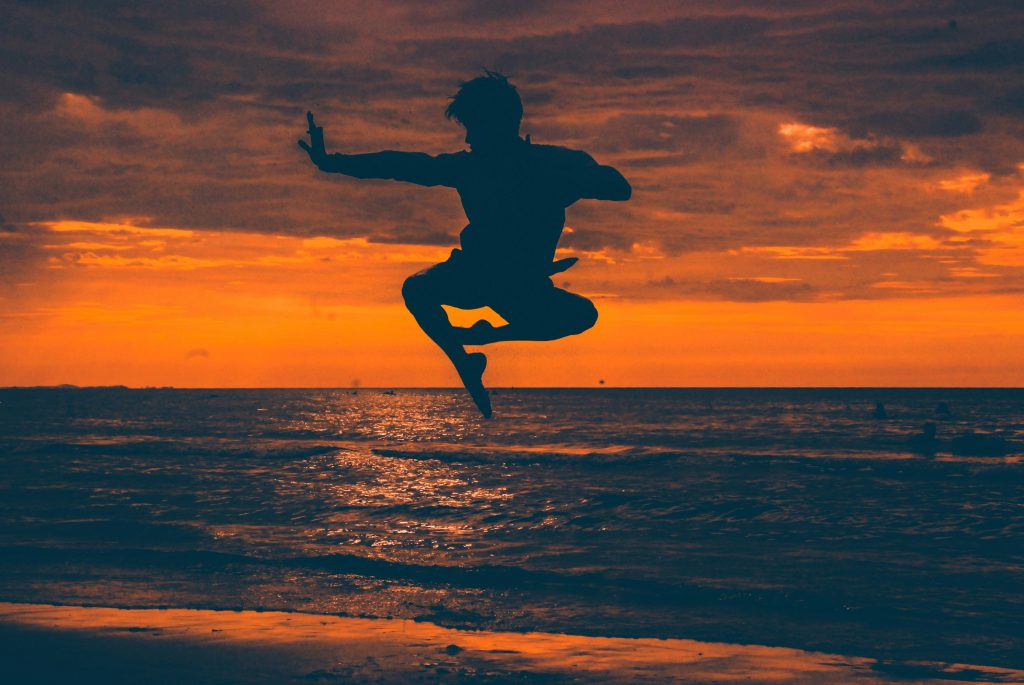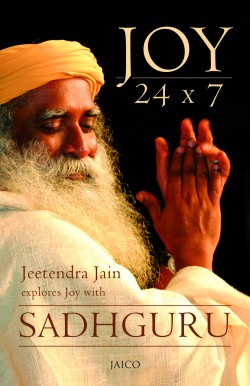
Bruce Lee, Jean-Claude Van Damme, Jackie Chan; when you think of martial arts it’s more than likely that you imagine these movie stars “Kung Fu fighting.” But few of us have delved into the origins of martial arts.
Shaolin Kung Fu, in particular, is a well-known Chinese martial art. Few realize its origin in ancient India where it is known as Kalari or Kalaripayattu. And today, Kalaripayattu is taught through Isha Foundation. Confused? Do you find yourself asking, why is a yoga foundation teaching a martial art? Don’t martial arts promote combat? Isn’t yoga about peace? In this video Sadhguru shares the history of this particular martial art and explains its role in developing oneself as a yogi.
“It all began 15 centuries ago when a prince from India’s Pallava Dynasty dropped everything in his life to become a monk. Without question, because of the depth of his immersion in what he is doing, he left India, and traveled north to China simply because his Guru told him, ‘Go north and spread this.’ The monk’s name was Bodhidharma.”
“When he went there, the news spread that Buddha’s disciple was coming. Emperor Wu was over 72 years of age. He came to the border of his kingdom to welcome Bodhidharma. Bodhidharma was not impressed with the grandeur, but he received the welcome and sat down. And the moment they settled down, Emperor Wu said, ‘Can I ask you a question?’ Bodhidharma said, ‘By all means, question.’”
“So he asked, ‘I have built so many meditation halls, I’ve prepared so many gardens and so many translations, everything I have done to spread Buddha’s message in this part of the world, will I get Nibbana?’ Nibbana means Nirvana, or Mukti, or enlightenment. Bodhidharma stared at him with his great big eyes and said, ‘What? You? Nibbana? You will burn in the lowest hell!. There’s no chance for you. Because the very fact as you’re doing all these things, you’re keeping accounts of how many things you have done in your life, you’re not getting anywhere,’ and he walked away. He went near a Shaolin Temple, but he did not walk into the temple, he went and sat in a cave close by.”
“A General named Shen followed. He wants to be his disciple, because he has heard that Bodhidharma is a Master of Kalari, but Bodhidharma doesn’t say a word. Nine years Shen waited. Then Bodhidharma came out and entered the temple.”
“General Shen followed, begging him, ‘Please take me as your disciple.’ Bodhidharma said, ‘That will only happen when the snow turns red.’ So General Shen, in a fit of courage and sacrifice, he lopped off his own left arm, and swung the arm around, and all the snow around was covered in his blood, and froze in the snow. Bodhidharma looked at this, and he could not push him away anymore, he took him as his disciple. General Shen trained in Kalari, became a Master in his own way.”
“Kalari is considered as the mother of all martial arts. Agastya Muni created this Kalari as an art form, so that the yogis could defend themselves against wild animals. It is from here martial arts went to China, when Bodhidharma traveled, and set up this first Shaolin school. Even today that school is in existence, and still doing well.”
Though the art form’s significance as a combat code has receded, it is today emerging as a source of inspiration for self-expression in dance forms, theater, and fitness. Practicing Kalaripayattu increases one’s flexibility and agility while strengthening the muscles and tendons. And as Sadhguru says, “This is not essentially a combat process, as other martial arts have become, this is essentially a discipline, a kind of an exuberant version of the yogic practices, using the body in many different ways, which will also deepen one’s understanding of one’s own physical and psychological makeup, and also the energetic system.”




